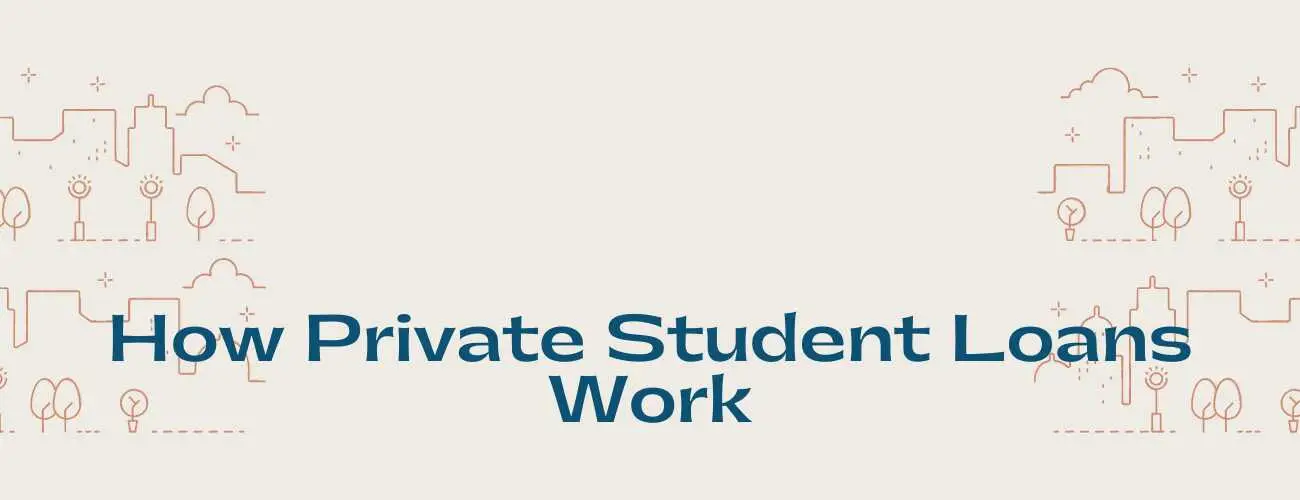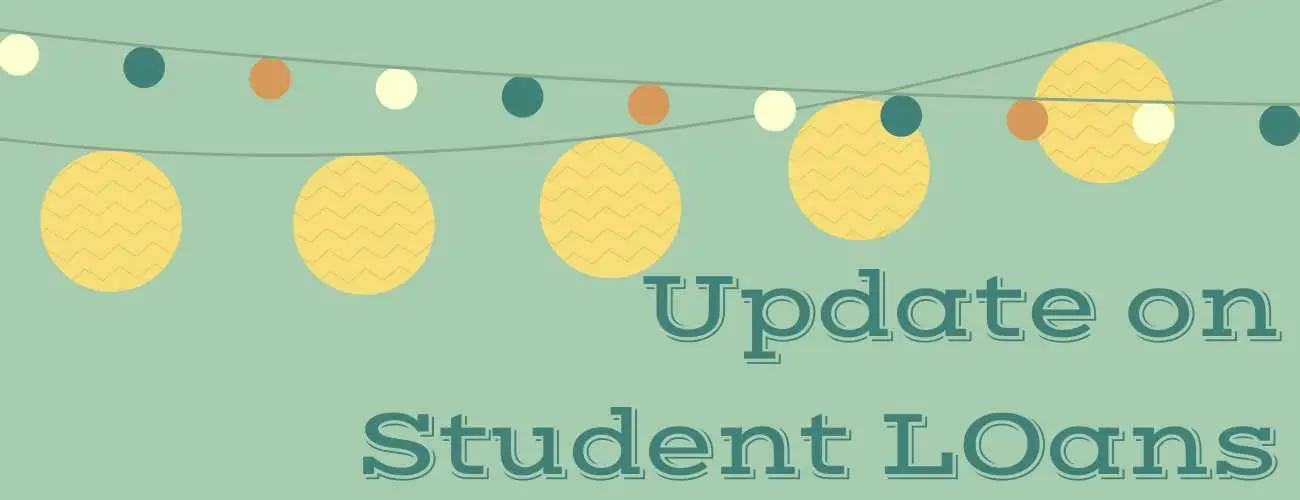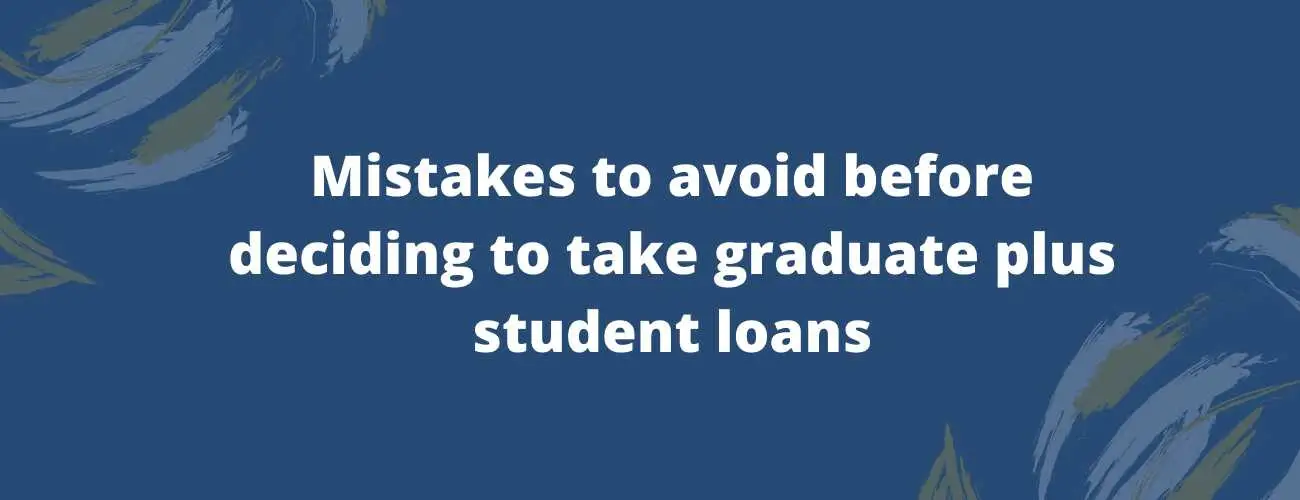Social Security And Student Loans
Social security is a contribution by the borrower to the government that gives entitlement to receive future benefits. Know more about Social security garnishment
Updated by Priya shah on 1st November 2021
Social security and student loans is a contribution by the borrower to the government that confers entitlement to receive future benefits. Those payments are usually earmarked as social benefits that are often paid to those institutions of general government that provides benefits overall.
A student loan is a type of loan designed for the graduates and undergraduates that will help them pay their tuition fees along with other fees like stationery, tuition, hostel, and others. It differs from other types of loans as they have lower interest rates and the repayment schedule may differ from other loans. All you have to do to get federal student loans is to fill FAFSA form and submit to the U.S department of education.
Private student loan has an easy application process which can be applied at any time of requirement. The application process involves filling details in the lender's web portal. The loan funds are made available immediately upon approval. Although federal student loans are more affordable than private student loans. Qualifying for federal student loans is comparatively difficult than private student loans. Credit history, grades, and financial need are the eligibility criteria that can qualify you for federal direct unsubsidized loans. But there are limits on the amount you can borrow each year.
Social security payments can be garnished if by chance you default on federal student loans. Due to federal student loan debt, many people are loosing out on social security benefits. Social security benefits show up on their tax returns depending on the size of other income, which could still result in payments owned under the income-driven plans.
Yet there is a limit on how much amount for a student loan can be garnished, though these limits don’t go far enough. The upshot is that if you derive most of your income from social security you don’t have to pay off your student loans. All federal student loans are eligible for an income-based repayment plan, including parent PLUS loans and loans in default.
Table to content
- How student loan debt affects social security payments
- Social security garnishment limit
- How to save social security payments
How student loan debt affects social security payments
Around 114,000 borrowers who were 50 and above had their Social Security payments garnished in the year 2015. If you default on federal student loans the government may not wait until you are nearing retirement age to recoup the debt. Also, the government may take extreme ways to get the loan amount back.
-
Your employer can withhold your pay and the IRS can seize your federal tax refund citizens can be put into unpaid loans.
-
Depending on the situation and loan type you may get the state tax refund as well.
-
After you reach nearby retirement, the government is likely to garnish your social security benefits. This has been affecting many borrowers over the years, which includes students also.
-
Most of the people rely completely on social security benefits to make their retirement easier. Garnishment reduces its benefits and may not have enough money.
But there is a limit on the student loan on how much amount can be garnished. Also, the retirees who depend on social security income, garnishment could make them financially unsafe.
Social security garnishment limit
As per the debt collection improvement Act of 1996, there is a limit that the government has set on how much social security benefits can garnish to collect the student loan debt.
The debt collection act has set and they cannot be charged more than 15% of your social security payments. This does not save or give enough security payments to the older crowd. The limits are adjusted and the cost of living has increased over years. Therefore the poverty line has grown up. The poverty threshold for a person household is $12490 annually. The government can reduce the social security benefit of up to $9000 annually. Reducing social security payments for the Americans has to maintain an income that’s below the poverty line.
Most borrowers whose social security money was seized, they were receiving the disability benefits, rather than retirements survivor benefits. The offset badly affected the poorest social security recipients and the Americans with social security below the medium benefit, the reduction must not reduce social security below $750 per month.
But most of the money carved from social payments don’t pay the loan principle also.
As per data of 2016, $1.1 billion was garnished from benefits where more than 70% amount had gone to pay the fees and interest, rather than the actual debt.
Those effects were more pushing people down to the poverty line. As people were unaware of available options to stop the seizure of their benefits.
Worried about your college tuition? Learn more about best student loans
How to save social security payments
Borrowing the student loan comes with various terms and condition and give certain rights to a borrower. A borrower with a long term medical condition can also qualify for full social security payments. A borrower with exceptions like long term medical conditions can qualify for social security payments. You can discuss your concern with a free or low-cost financial counselor who can provide options based on your situation.
If you are facing the federal student loan default or offset, you can appeal to the department of education. Below are a few steps to help you save your social security payments
-
Constantly be in the contact with the loan servicer before going into default so you can modify your payments to smartly avoid it.
-
As based on your income you can make nine on-time payment in 10 months to the debt collector to clear the loan.
-
Also, you can seek for a financial hardship exemption through the department of education using the request to stop or reduce offset of social security benefits.
-
Get a total and permanent disability discharge. For more information on a loan discharged because of total permanent disability to request a discharge application.
-
Know and choose the right repayment option to avoid defaulting on loans and monitor your loan payments
Learn more about total and permanent disability discharge
It is unfortunate to know that there is a large number of student loan borrowers ages above 60. And that they will have to continue working beyond the traditional retirement age. More often, they are cosigners who have taken loans for their child or spouse or in some cases grandchild. It is important to understand your responsibility as a cosigner. The disadvantages of Loan Repayment After Retirement are that you may have to sacrifice the savings you had for old age. In cases of medical emergencies, you might get delayed health care. In general, like others, your credit scores drop. And finally, Social Security benefits will be garnished.



93.jpg)


28.jpg)
